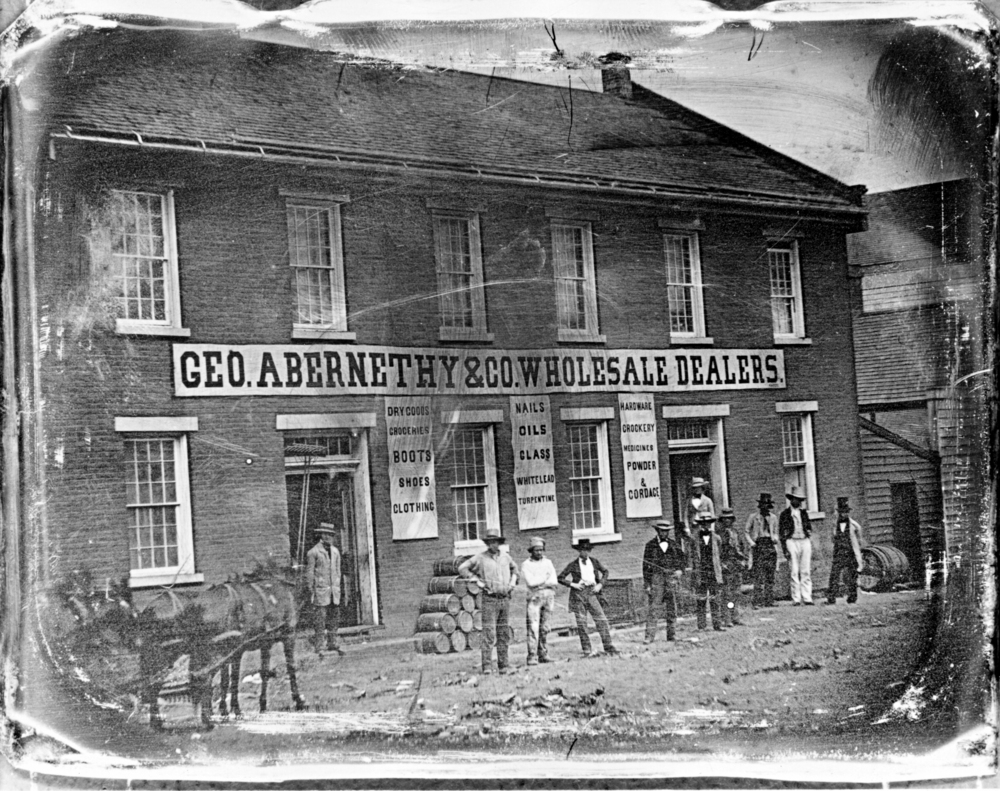Delve into the dynamic history of Oregon City, a beacon of historical significance nestled on the east bank of the Willamette River. This city is not only distinguished as the first incorporated city west of the Rocky Mountains but also as a pivotal terminus of the legendary Oregon Trail. Its historical center, cascading with stories from the past, flourishes near the majestic Willamette Falls, embodying centuries of transformation from indigenous hubs to modern development, whilst cradling the roots of Clackamas County’s government.
The inception of Oregon City was marked by its strategic location, serving as a vital gateway for American settlers journeying along the Oregon Trail. This early establishment carved a path for Oregon City to burgeon into a thriving community, quickly evolving to accommodate the influx of new residents. Among its many firsts, Oregon City boasted key infrastructural advancements, including the establishment of the first diocese, the inception of mills harnessing the power of Willamette Falls, and pioneering the use of hydroelectric power, setting the stage for an era of innovation and growth.

- Oregon City in 1866: Bridging the past and present through historical landscapes. Source: oregonencyclopedia.org
Before the arrival of European settlers, the land below Willamette Falls was a flourishing indigenous center, home to the Clackamas Indians among other Native tribes. This area was a vital fishing and gathering site, revered for its abundant resources like salmon and steelhead, which fostered a rich culture of trade and communal life. The significance of Willamette Falls transcends its natural beauty, serving as a historical focal point for native communities long before it became a beacon for settlers and traders.
It was John McLoughlin, a name synonymous with Oregon’s early development, who spearheaded the creation of the first permanent white settlement in the Willamette Valley, near the base of the falls. This bold move in 1829 laid the groundwork for the town’s prosperous future. McLoughlin’s vision attracted a wave of settlers, traders, and missionaries, transforming the area into a bustling hub, and in time, the town he platted as Willamette Falls would be known to all as Oregon City. Through his influence, Oregon City cemented its place as a cornerstone in the state’s pioneering history.

- Pioneering spirit: An early representation of Oregon City’s thriving industry and transportation legacy. Source: oregonencyclopedia.org
Oregon City’s trajectory towards becoming a transportation and industrial powerhouse was catapulted by the arrival of steamboats and the construction of streetcars, connecting its residents with the burgeoning cities beyond. These developments signaled the town’s transition into a center of commerce, utilizing its geographical advantages to foster economic growth. The humming mills along the riverbanks not only exemplified the city’s industrial vigor but also attracted a diverse workforce, laying the foundation for a community rooted in the shared pursuit of progress.
Despite the challenges posed by shifts in industry and transportation, which saw a gradual decline in the city’s dominance as a commercial hub, Oregon City embarked on a journey of reinvention. The closure of traditional mills gave rise to a renewed focus on residential development and heritage tourism, transforming the city’s economic landscape. Amidst these changes, a profound respect for the city’s historical significance continued to thrive, with efforts such as the McLoughlin House restoration epitomizing the community’s commitment to preserving its rich heritage.

- Willamette Falls: A testament to Oregon City’s enduring legacy and modern revival initiatives. Source: oregonencyclopedia.org
Today, Oregon City stands at the forefront of balancing historical preservation with modern development. The Willamette Falls Legacy Project is a testament to this vision, aiming to rejuvenate the riverfront while honoring the cultural and historical significance of the site. As the city continues to evolve, it remains a vibrant community that cherishes its past, from its indigenous roots to its pioneering spirit, ensuring that the legacy of Oregon City will enlighten future generations.
For local residents, potential homebuyers, sellers, and business owners, understanding Oregon City’s storied past enhances the appreciation of its unique character. As the city embraces change, it holds fast to the values that have shaped its identity over centuries, inviting all to explore and be part of its ongoing story. Oregon City’s blend of historical reverence and contemporary dynamism makes it not only a fascinating place to live and work but also a vivid reflection of the broader narrative of American development in the Pacific Northwest.
